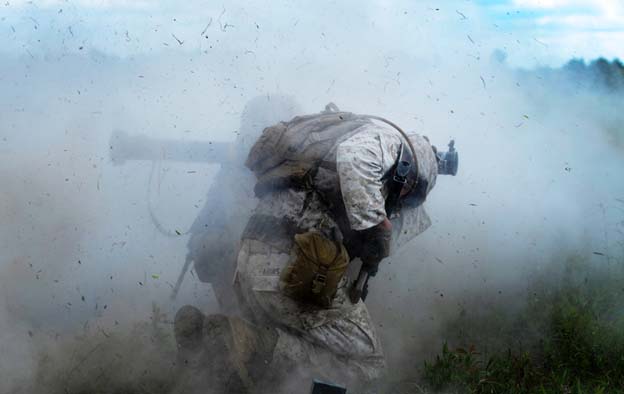In a recent study, researchers showed that extended tourniquet use in a blast-related complex lower limb injury can affect the patient's response in ways that should be considered for subsequent treatment.
Blast-associated traumatic amputations are life-threatening, complex injuries that often result in severe bleeding. For those seriously wounded, a tourniquet is typically used to stop the bleeding, and often there can be prolonged delays in treatment. The result can be prolonged ischemia (lack of blood supply) in the wound and tissues near the injury. This may have both local and systemic consequences. A known local response is "heterotopic ossification," defined as the formation of bone tissue in damaged soft tissue and muscle. In addition, the tissue damage from these injuries can cause systemic complications and must be considered for the optimal treatment of wounded personnel.
This study uses an established animal model for heterotopic ossification due to traumatic blast-related amputation. It highlights several systemic and organ-level responses after immediate treatment of the wounds. The study provides information on blast-related tissue damage combined with ischemia. To simulate blast-induced complex injuries, researchers exposed anesthetized rats to blast in a shock tube, then produced femoral fractures in a controlled apparatus and simulated a crush injury with controlled pressure for 1 minute. The injured animals were used in several sub-studies on the effect of tourniquets. In each sub-study, the first group underwent immediate amputation at the mid-thigh, and a second group was exposed to compression simulating a tourniquet for 150 minutes, with a mid-thigh amputation performed after the compression was released. Relative to immediate amputation groups, the groups with simulated tourniquets had more heterotopic bone, a heightened and prolonged systemic inflammatory response, and increased evidence of injury to the kidneys, liver, and lungs.
The study supports the emphasis on early care for these injuries to avoid the combination of ischemia and blast-related tissue damage. It supports the development of early-stage wound dressings that can limit bleeding with less ischemic damage to the tissues when formal treatment is delayed. Studies like this can also anticipate complications when tourniquets are necessary for treating personnel with delayed care of these traumatic wounds.

Spreadborough, P. J., Strong, A. L., Mares, J., Levi, B., & Davis, T. A. (2022). Tourniquet use following blast-associated complex lower limb injury and traumatic amputation promotes end organ dysfunction and amplified heterotopic ossification formation. Journal of Orthopaedic Surgery and Research, 17(1). https://doi.org/10.1186/s13018-022-03321-z
This work was partially supported by the Department of Defense Congressionally Directed Medical Research Programs and Peer-Reviewed Orthopaedic Research Program (grant award W81XWH1920032) and Office of Extramural Research, National Institutes of Health 5 R01 AR071379-06.
Your 15 minute session will timeout in approximately 10 minutes.
If you're in the middle of entering information, please close this warning and save your progress (if possible) or finish up your task.
If your session fully times out, you will lose any un-saved work.
Your current Blast Injury Research Program session has expired.
Your next click will take you away from the private area, and you will lose any work you have in-progress.
Please enter your email address, and try again.